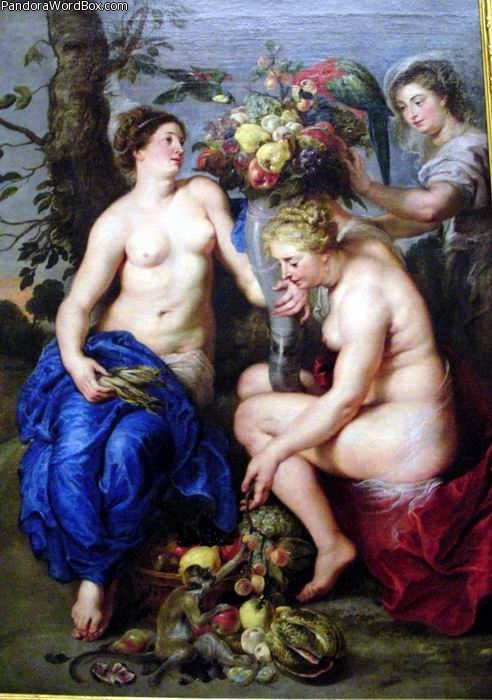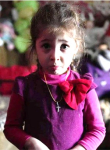Our websites offer information mostly for educational purposes with no intent to alter health care protocols nor to serve as a sole source of medical information.
Always seek the advice of your local health care provider.
CERES AND NYMPHS

"Ceres y dos Ninfas, c. 1615" (see related A | B | C | D | E | F) Peter Paul Rubens (1577-1640) Prado Museum, Madrid, Spain
(extract from a museum explanatory label). The painting was inspired by the poetry in Metamorphosis IX-85 by Ovid. Ceres, the Goddess of harvests and cereals, holds in her right hand "unas mazorcas de maiz" which literally means cobs of corn or maize (perhaps, by 1615, corn imported from the Americas became an established crop in Europe). In the left hand (as in most classic depictions), Demeter (Ceres) holds the cornucopia or the horn of plenty (the goat Amalthea whose milk nursed Hercules or Heracles) being filled by two nymphs with fruits to denote the "prodigalidad de la tierra" or the prodigy of the earth. The version by Ovid of the horn of plenty or cornucopia refers to a contest between Achelous, a gigantic river god, with Hercules who "grasped my strong stiff horn in his fierce hand and broke it ... my Naiads filled it full of fragrant flowers and fruits and hallowed it ... from my horn now ... wealth and riches flow ..." said Achelous.
20240328 ww
|






